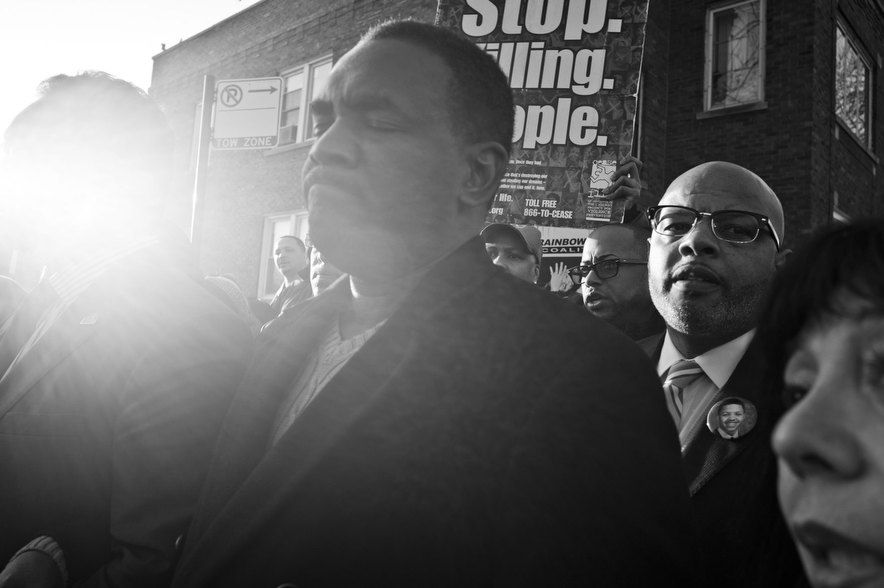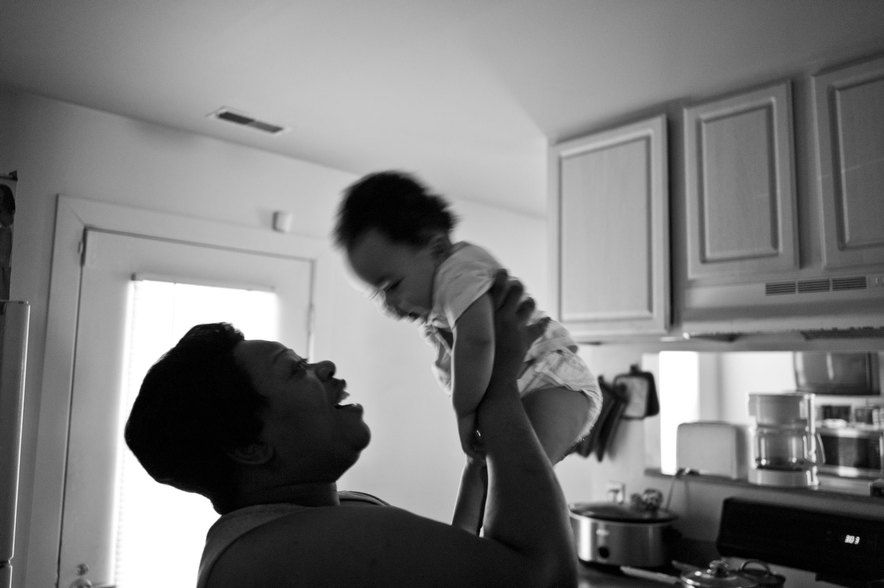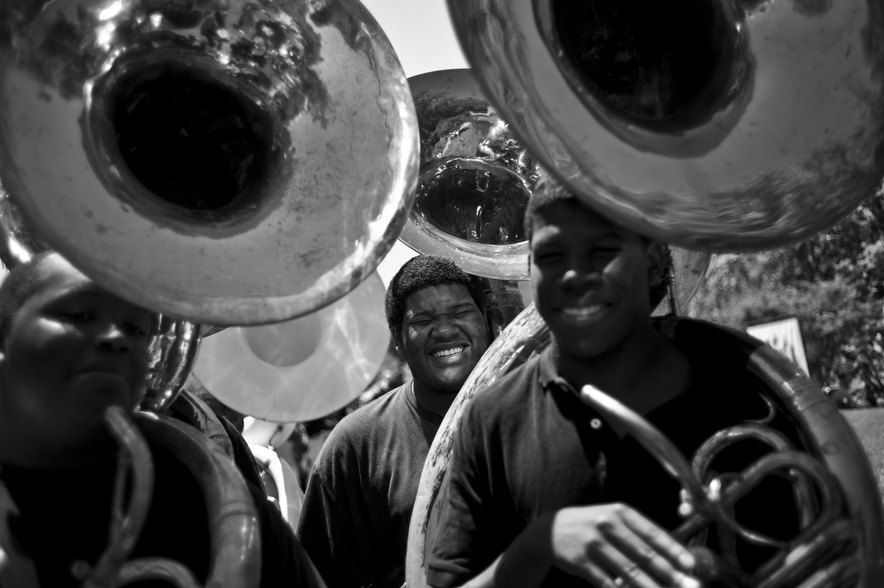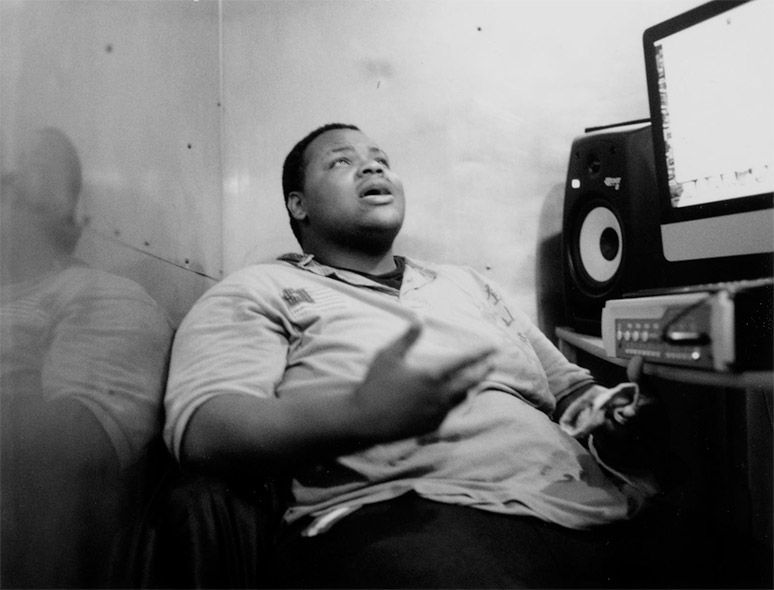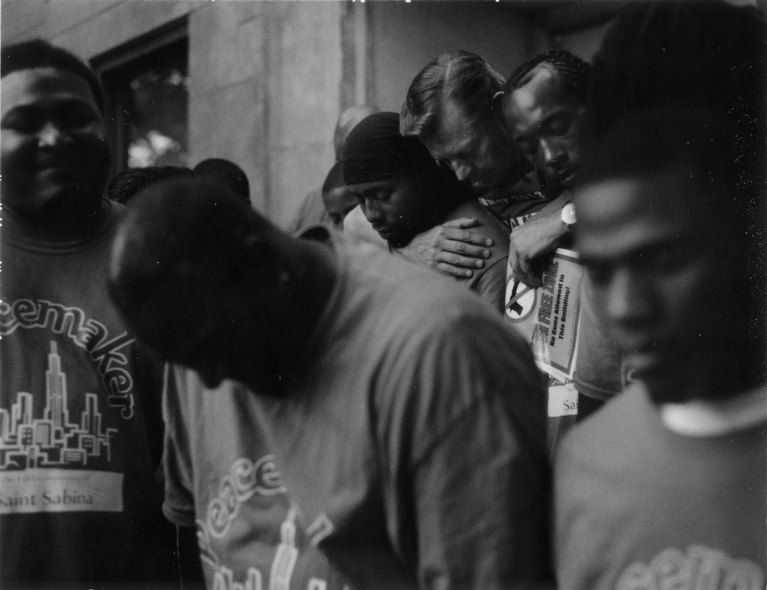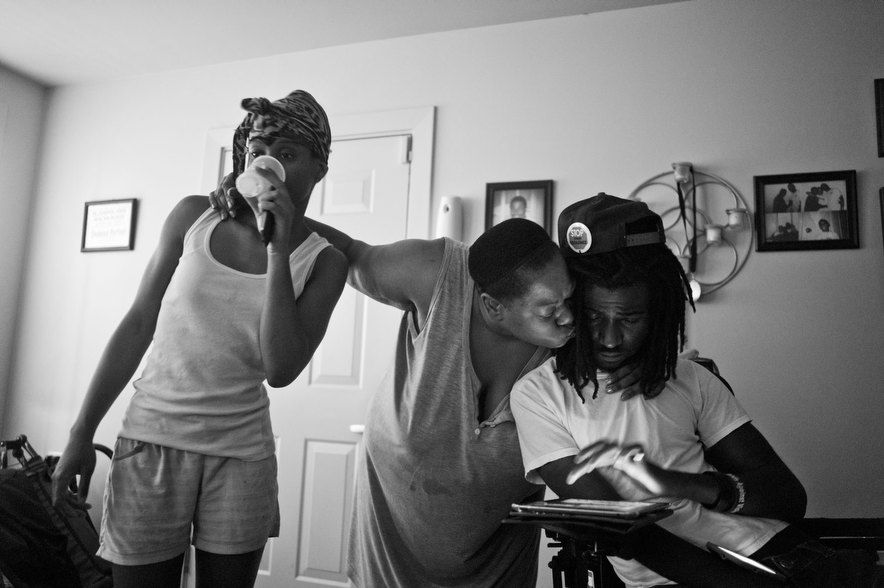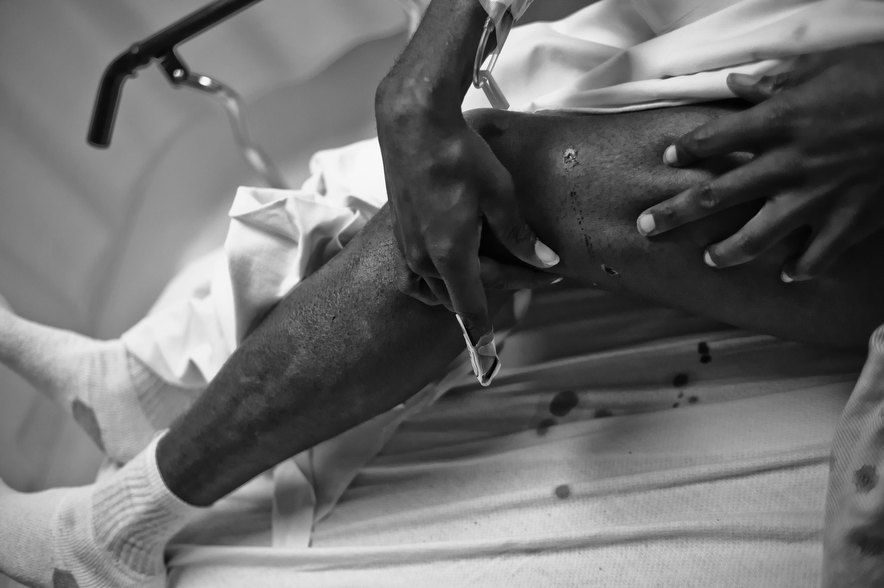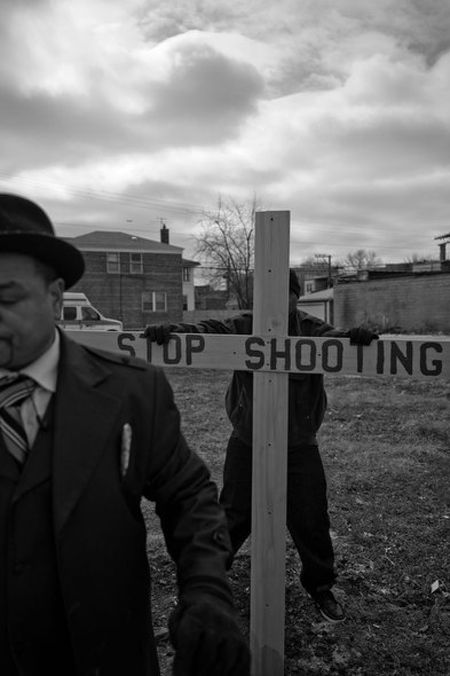This article, written by Thom Patterson, CNN, was originally posted on CNN's website.
It was just a birthday party on Chicago's West Side. Nobody was supposed to get shot.
At least that's what 14-year-old Ondelee Perteet thought before two crashers were kicked out of the party.
They returned with their guns.
Gunfire and chaos left Perteet with a bullet piercing his spinal cord. Doctors said it was unlikely he would ever walk again.
Four years later, with help from his family, Perteet was able to stand up from a wheelchair as he donned a tuxedo for his high school prom.
Perteet now shares his experience with other students, telling them to think before they react. The consequences can have long-lasting effects.
"People are so resilient," says documentary photographer Carlos Javier Ortiz. "A lot of families don't give up."
Ortiz should know.
For the last seven years, the 38-year-old Chicago native has been spending countless hours photographing families affected by gun violence. His images – emotionally striking and sometimes disturbing – illustrate in stark detail "what happens to young people and their families after they've been shot," he said.
Through Ortiz' camera, we see Perteet's little sister helping her brother dress for school. Another photo shows a closed elementary school sign with the ironic message: "ON THE RISE." In a third photo, a gunshot victim reveals his bloody wound.
Ortiz reveals lighter, intimate moments, too, suggesting hope that future generations might someday be free from the threat of gun violence. A marching band enjoys performing in Hyde Park. A joyous grandmother plays with Perteet's infant niece.
The idea for the project came when Ortiz was working as a newspaper photographer in and around Philadelphia and Camden, New Jersey. One day, Ortiz was robbed at gunpoint. The robber was captured and prosecuted, against Ortiz' wishes.
"I didn't want to press charges," Ortiz recalled. "I wanted him to get a job and get help. … I thought, ‘If this guy had a job, he wouldn't be robbing me.’ "
The incident got Ortiz thinking about how poverty fuels gun violence. Eventually it inspired Ortiz to point his cameras on residents of his own hometown.
Diving deep into his work, he found himself becoming close to some of his subjects. "As I got to know them over the years, I lost some of them," he said.
Maintaining objectivity sometimes became a challenge. "It's hard, it's hard. But you're human first and then you're a photographer next."
Ortiz documented families as they transformed from victims into persuasive activists.
"Parents organize their neighborhoods to bring attention to violence because of what happened to their sons or daughters," Ortiz said. "Then, they help other parents who are facing the same consequences."
The entire project is shot in black and white. Ortiz says it's sort of the way he learned to see the world.
"I was really influenced by black-and-white TV," he explained. "When I was a kid, that's what I saw. We had a black-and-white TV until I was 9."
The black-and-white format creates a feeling of timelessness for Ortiz that compels him to really think about the images. "At least, that's the way I feel,” he said. “Everybody has a different feeling about it."
His equipment included a 35-millimeter film camera and a Polaroid camera. One double-exposed Polaroid image shows the Rev. Jesse Jackson standing in front of a news conference microphone after a shooting. The photograph was actually an accident.
"I shot the first frame and then I backed up to shoot the second frame, but I got distracted and I didn't pull out the Polaroid. So I shot two exposures on one piece of Polaroid."
The image is visually repetitive, Ortiz said, which is symbolic of the repeating cycle of gun violence. So often, he says, these gunfights and casualties are followed by newsmakers talking to reporters.
"It keeps happening over and over."
